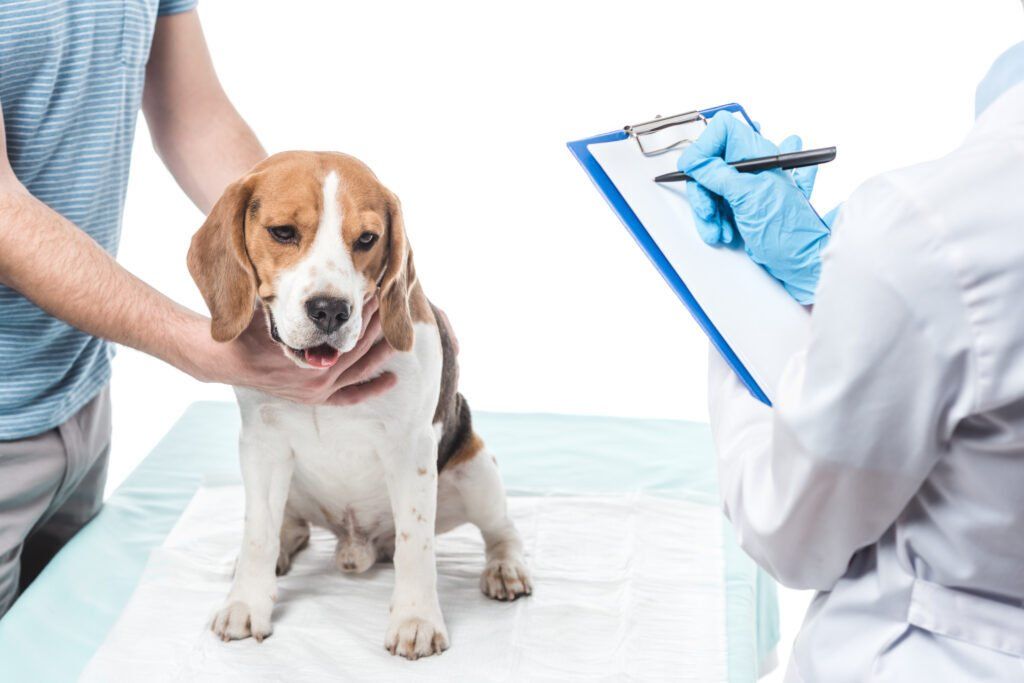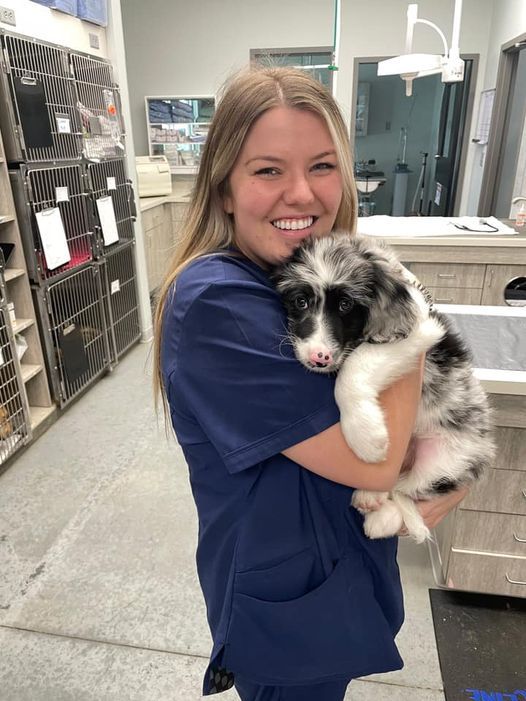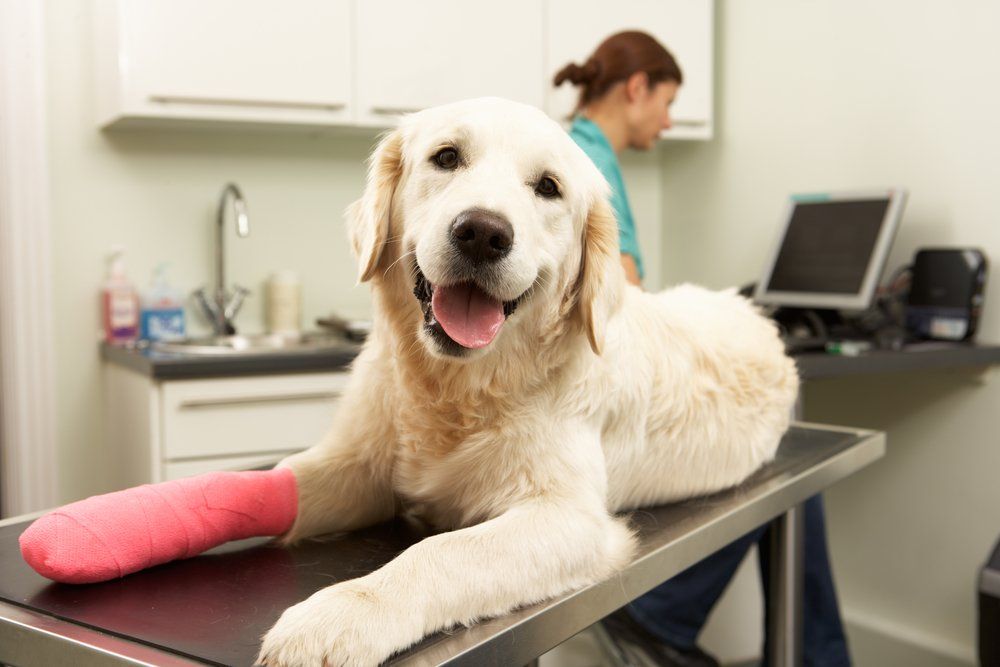8 Ways to Keep Pesky Fleas and Ticks Away From Your Pets
If you’ve been in Arkansas for a summer, you know that with the arrival of warm, humid weather some other “friends” also arrive. While summer means sunshine and cookouts, it also brings bothersome fleas and ticks attaching themselves to your beloved pet. May has been National Dog Month so it’s a great time to think about how to keep your pooch flea free.
8 Easy Steps For Flea and Tick Prevention
- Keep your home as clean as you can. Change your bedding frequently and vacuum your floors and furniture thoroughly. Use a new vacuum cleaner dustbag for each use to prevent flea eggs and larvae developing. After treating a flea infestation, you should immediately clean your entire house to stop the critters coming back.
- Keep your yard in check too. Discourage ticks from your yard, by keeping your lawn mowed, pruning your bushes, and removing any fallen leaves.
- Get your pet kitted out with a flea collar to repel and kill fleas. It’s best to check with your vet before buying a flea collar to make sure that you’re getting one that works and isn’t harmful to your pet. Ensure the collar is fitted firmly to your pet’s neck so that it comes in direct contact with their skin. Adjust it until you can only fit two fingers underneath and trim any excess collar to stop your pet chewing on it.
- Buy a flea comb and comb your pet’s fur regularly. A tight-toothed comb can be used to remove fleas and their eggs as they grip firmly to your pet’s hair and fur. Have a bucket of warm water next to you during combing time so you can instantly drown any fleas you find.
- Give your pet a flea bath. A simple bath of lukewarm water and pet-friendly soap or shampoo can be effective in keeping fleas at bay or dealing with a minor infestation. For a stronger treatment, you can buy medicated flea shampoos from your vet.
- Ask your vet about spot-on treatments. These are medications which can be applied directly to your pet’s skin to kill fleas across its entire body. The American Animal Hospital Association recommends using flea treatments like this every month as a preventative method, even if your pet doesn’t currently have fleas. Read all labels thoroughly and seek advice from your vet to make sure you’re using the best treatment for your pet.
- Try oral flea treatments. If you have a serious flea situation you may want to combine spot-on and oral flea treatments for the most effective results. Seek advice from your vet about the best flea treatment for your pet. Remember that treatments can vary depending on the species and what might be effective for your dog could be toxic for your cat.
- You can also try powder and spray treatments. These are available cheaply but will need to be reapplied more frequently than spot-on and oral treatments. You should also take great care not to get them near the eyes, mouth and nose as they can be harmful to animals and humans if ingested.
If you’d like to find out more about keeping your pets free of fleas this summer, you can contact Shackleford Road Veterinary Clinic to
book an appointment here.











